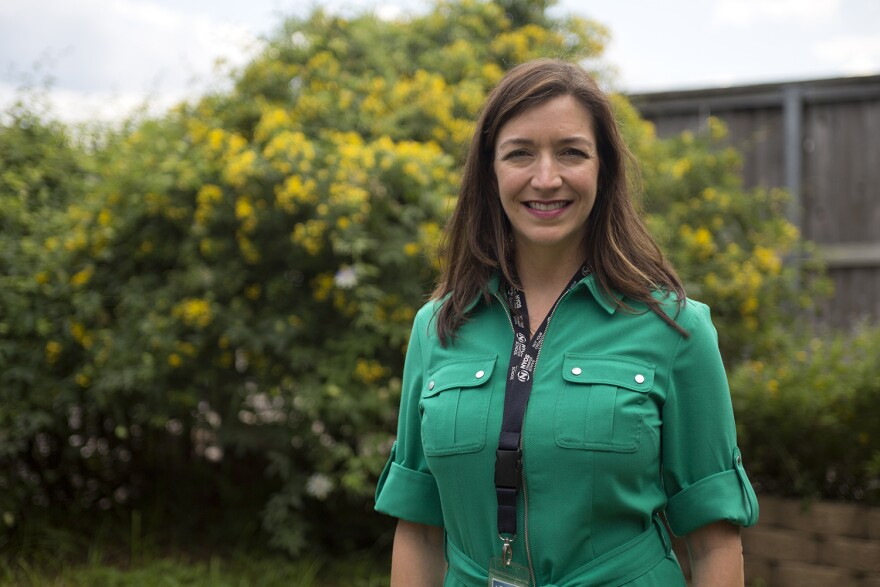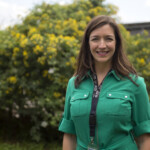Austin Mn Public Schools Year Round Calendar – The calendar for the school year often referred to as the academic calendar is a calendar which outlines the start and close dates of the academic year, in addition to important dates such as breaks, holidays, and professionally-focused days. It’s an important device for schools to manage and plan their academic calendar. It is also helpful for students, teachers, and parents prepare for events and deadlines.
How to Create a School Year Calendar
- Choose the date for the start and the end of the year: The first step in creating a school year calendar is to determine start and end dates of an academic term. It will be determined by your school district and laws of your state.
- Note important dates: Once you’ve determined the date of the start and the end make note of important dates like holidays, breaks and even in-service-days. These dates can be found on the calendar for the prior year or on your district’s website.
- Holidays and breaks: Schedule breaks and holidays like winter break, spring break, and summer vacation. Include any additional holidays, like federal holidays or religious holidays.
- Include in-service and professional development days: Professional and in-service growth days are essential for teacher preparation and planning for the school calendar. Make sure you add these days in your calendar.
- Change your schedule to accommodate unexpected events Important to remain flexible and modify your calendar in the event of unexpected circumstances , like bad weather school closures, unexpected things that happen.
Types of School Year Calendars
- Traditional Calendar Traditional Calendar common type of school year calendar that is used throughout the United States, where the academic year generally runs in September or August and continues until June or May, with breaks for summer vacation and holidays.
- Year-Round Calendars: This sort of calendar is designed to spread the school year across 12 months. It also has brief breaks across the years, instead of one long summer break.
- Hybrid calendar: This type of calendar incorporates aspects of both traditional and year-round calendars. There are longer breaks throughout the school calendar and a shorter summer break.
Academic Calendar in contrast to. School Calendar
- Definition and distinctions: The academic calendar is the calendar of the academic year, whereas it also contains occasions and activities that extend beyond the academic schedule, such as sports games in addition to dances, as well as fundraising.
- Examples of each A calendar for academics could include dates for start and ending along with holidays, and examination schedules, whereas a school calendar could also include prom week, homecoming week as well as parent-teacher gatherings.
Tips for Planning a School Year Calendar
- Ask for input from other stakeholders: Involve teachers, staff the parents as well as students in the process of planning to ensure that the calendar fulfills the needs of all members of the school community.
- Take note of community events: Be aware of events in your community and holidays that may affect school attendance or schedules for fairs, festivals, or religious holidays.
- Review the calendar from previous years: Review what was successful and what didn’t in the previous calendar. make use of the feedback to improve the new calendar.
- Be flexibleand include the flexibility needed for unexpected events like weather-related closures for schools or modifications to the state testing schedule.
- Prepare for contingencies: Create a plan of action for the unexpected and emergency situations which may require a modification in the schedule.
Conclusion
A well-planned school calendar will ensure that you have a successful academic year. Following these guidelines and the best practices, schools can develop plans that are able to meet expectations of the whole school and offers flexibleness in the event that there are unexpected situations. A carefully designed calendar will aid students, teachers and parents plan for the coming year making sure that they have a happy full and successful academic year.





